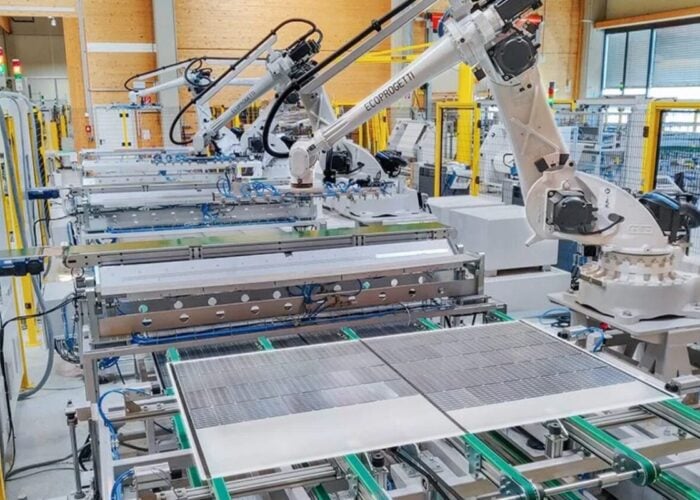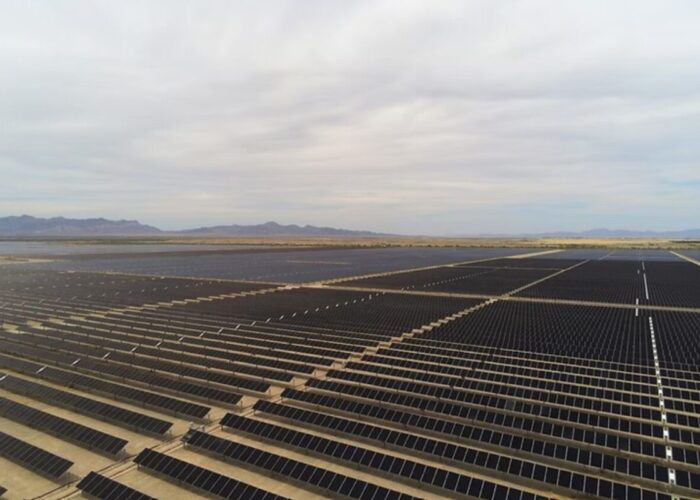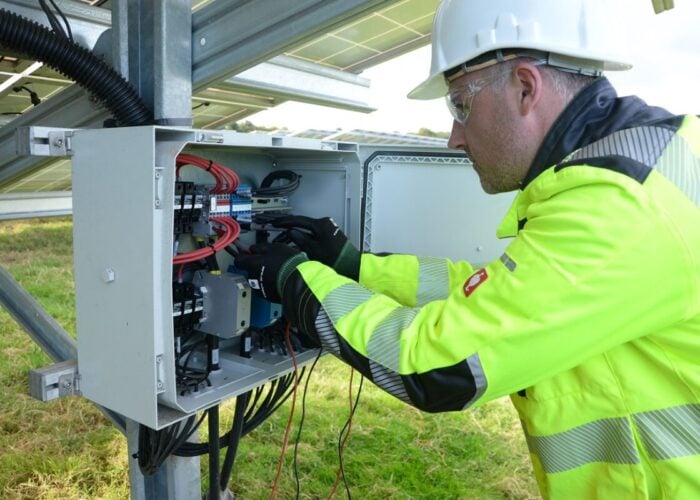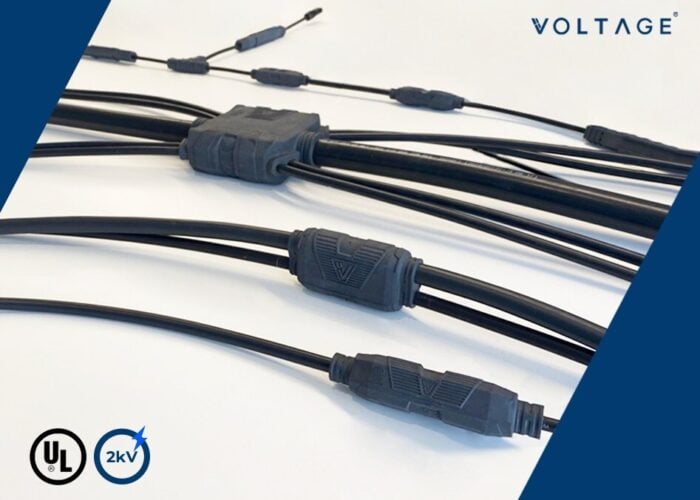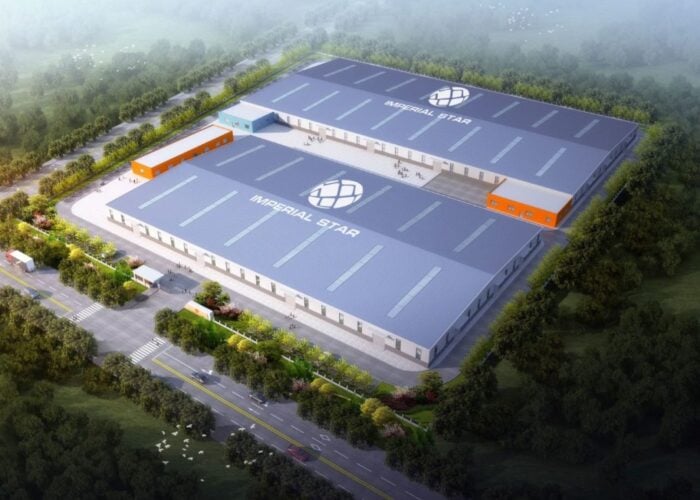The grand opening of Fujisawa Sustainable Smart Town, a joint private-public sector project to develop a community of 1,000 households, including rooftop solar generation capacity and energy storage, has been held near Tokyo, Japan.
The town, in Fujisawa City, Kanagawa Prefecture, will seek to house around 3,000 people in the thousand homes across an area of 19 hectares. It is expected to be fully completed by 2018, at a cost of around 60 billion (US$507.4 million).
Try Premium for just $1
- Full premium access for the first month at only $1
- Converts to an annual rate after 30 days unless cancelled
- Cancel anytime during the trial period
Premium Benefits
- Expert industry analysis and interviews
- Digital access to PV Tech Power journal
- Exclusive event discounts
Or get the full Premium subscription right away
Or continue reading this article for free
The project is being led by Panasonic Corporation, while other participants included Panasonic’s homebuilding division, PanaHome, Japanese real estate developer Mitsui Fudosan and Sumitomo Mitsui Trust Bank. In all, 18 companies were involved.
Panasonic led the consortium, Fujisawa SST Council, which states the aim of the town as being to “build a town seeking the ultimate ideal… we will build an actual smart town with 1,000 households”. Fujisawa SST Council’s website says that rather than simply “aiming to develop a town underpinned by advanced technology-based infrastructure,” the town will be one “based on actual lifestyles”.
Residents began living in the town in this spring, with the latest ceremony marking the start of “full-scale operation” of the town’s facilities last week.
The consortium will manage the town, while continuously seeking to improve the community and sustainability aspects of living there, it says. In other words, rather than looking at previous ideas for “technology-centric” smart town designs that have been trialled elsewhere, Fujisawa SST Council said the three-step process of developing the town consisted of looking at residents’ lifestyles and expectations, then designing smart homes and public spaces to complement these and finally building the town’s infrastructure to meet them, rather than the other way around.
Around 600 detached houses in the development will be fitted with rooftop PV and energy storage systems. Through use of SMARTHEMS (Home Energy Management Systems), Fujisawa SST Council wants residents to target the maximum possible self-consumption and self-generation of energy. Residents will also be given the choice between pure battery-based electricity storage and its fuel cell equivalent. The council pledges that energy consultation will be available free to residents and that the company will continue to revise and update the community and its infrastructure to maximise sustainability.
In addition to solar on residential rooftops, there will also be PV on community buildings and shared spaces – a 100kW solar array was connected at the town’s sewage works, with more PV on public land along a stretch of highway. The Committee Centre, a core public facility in the town’s central park, not only has solar on the rooftop but in common with other public buildings in the natural disaster-vulnerable country, has energy storage fitted to an energy management system that could be used in the event of an emergency.
Other key concepts behind the design and construction of the town include passive design of streets and public spaces for optimal energy management and a whole area for residents that do not own cars, complete with pooled vehicles for public use. According to Panasonic, the company will look to replicate the Sustainable Smart Town model elsewhere, if successful.

